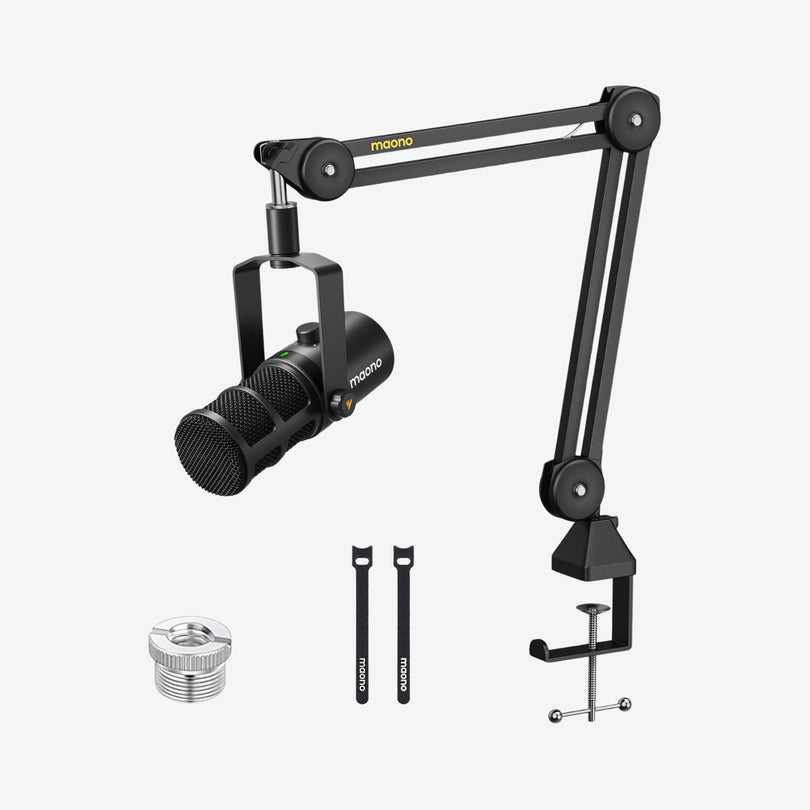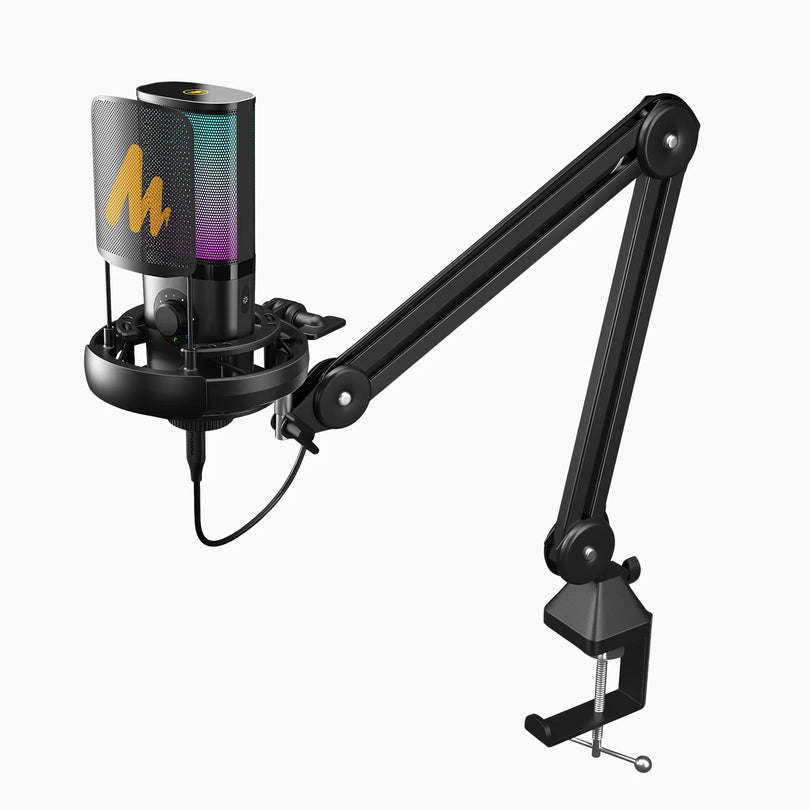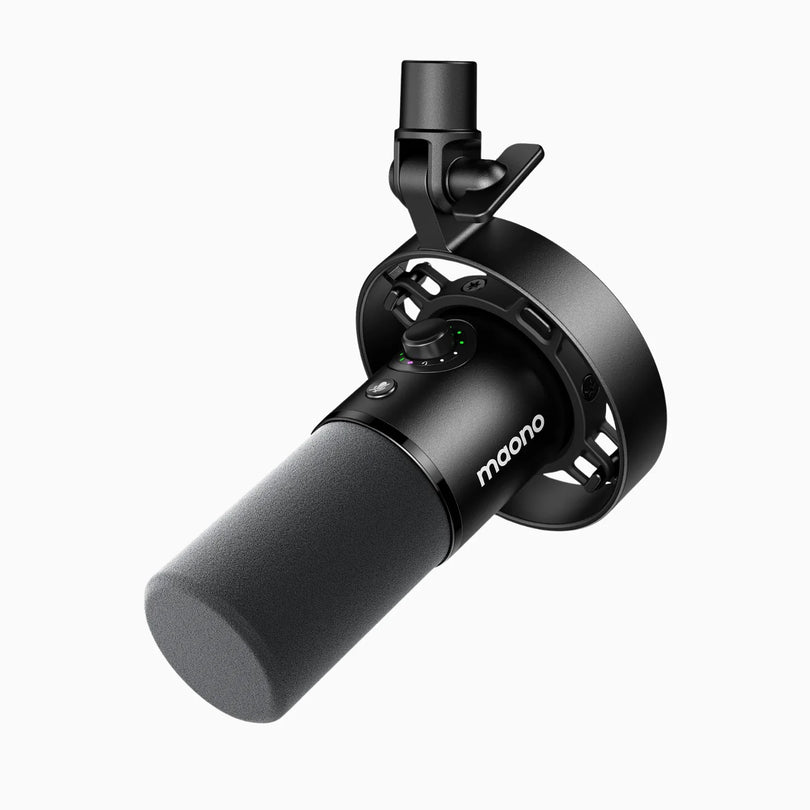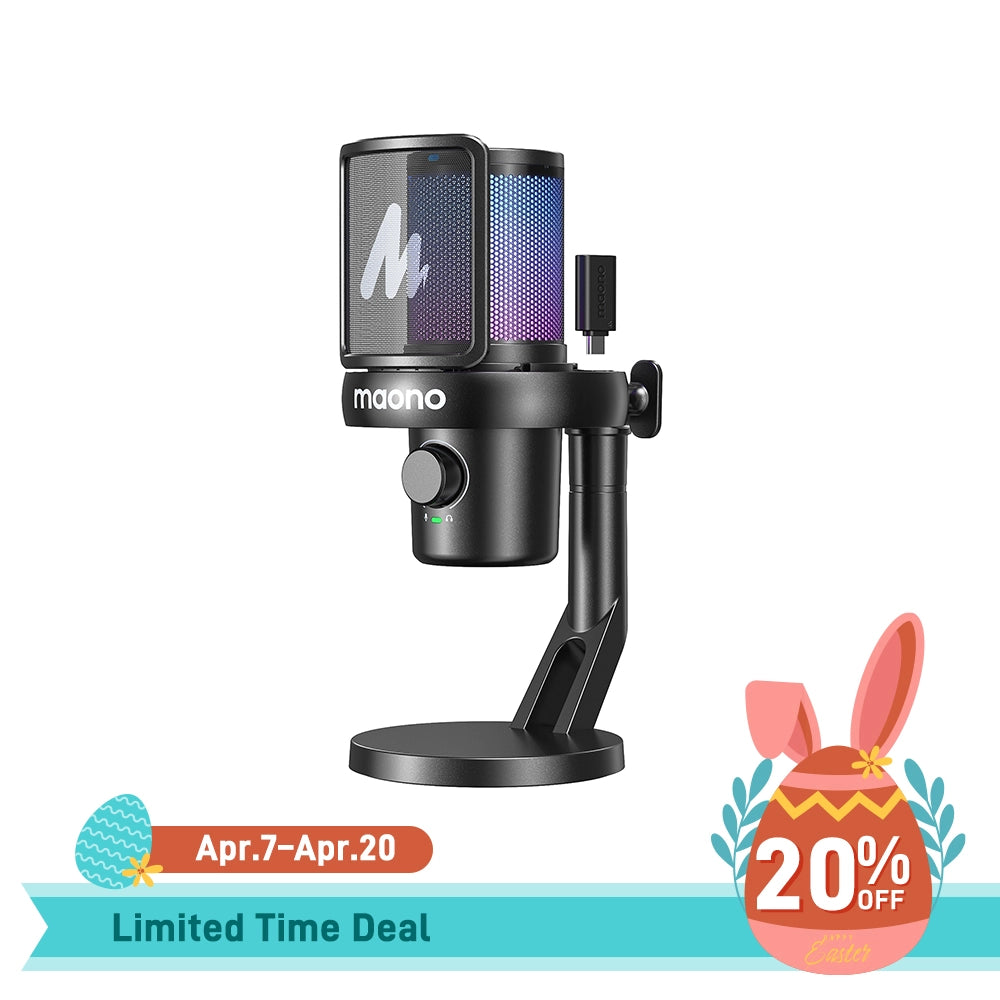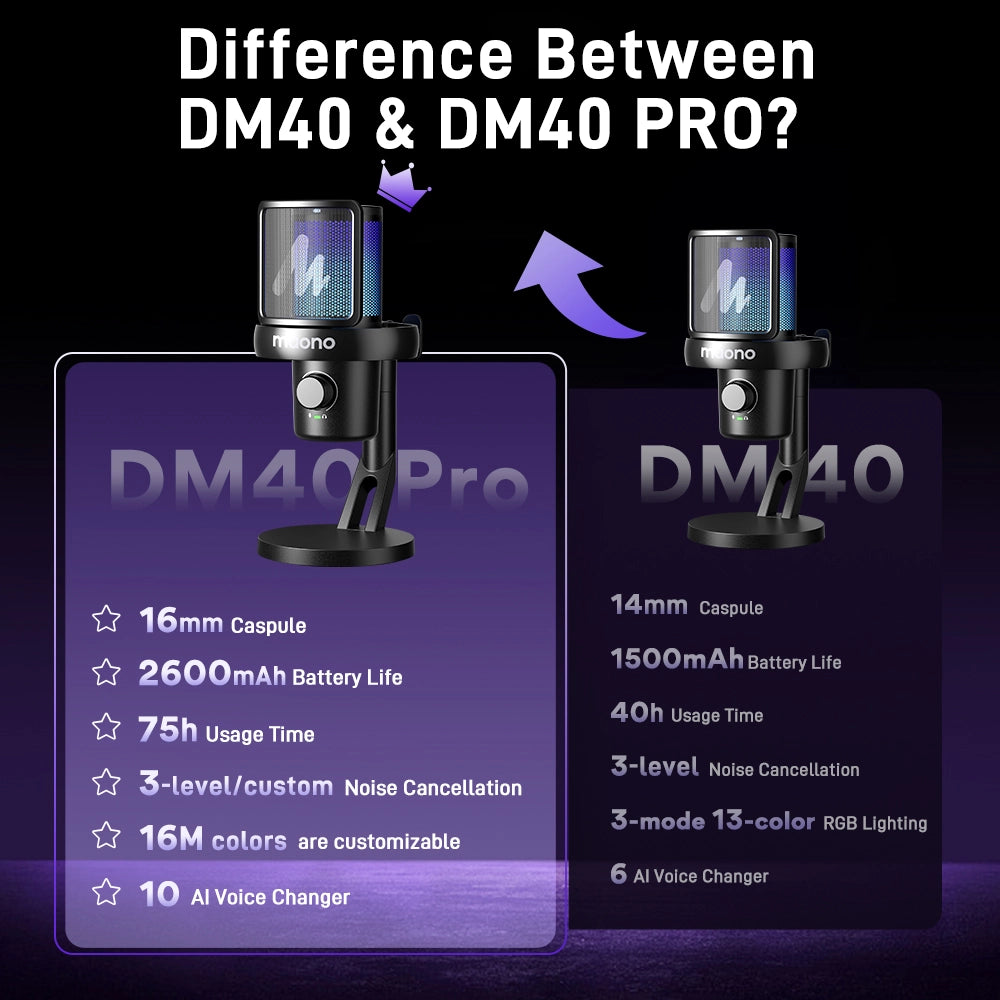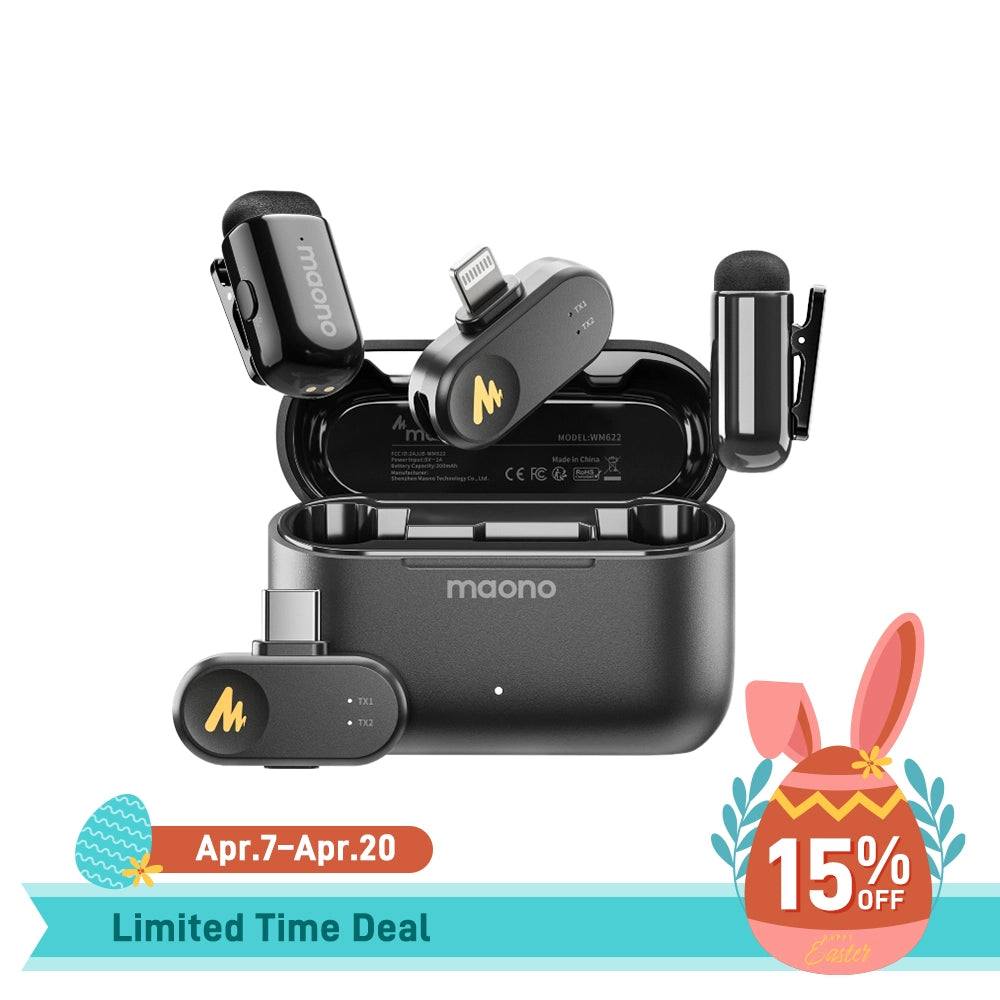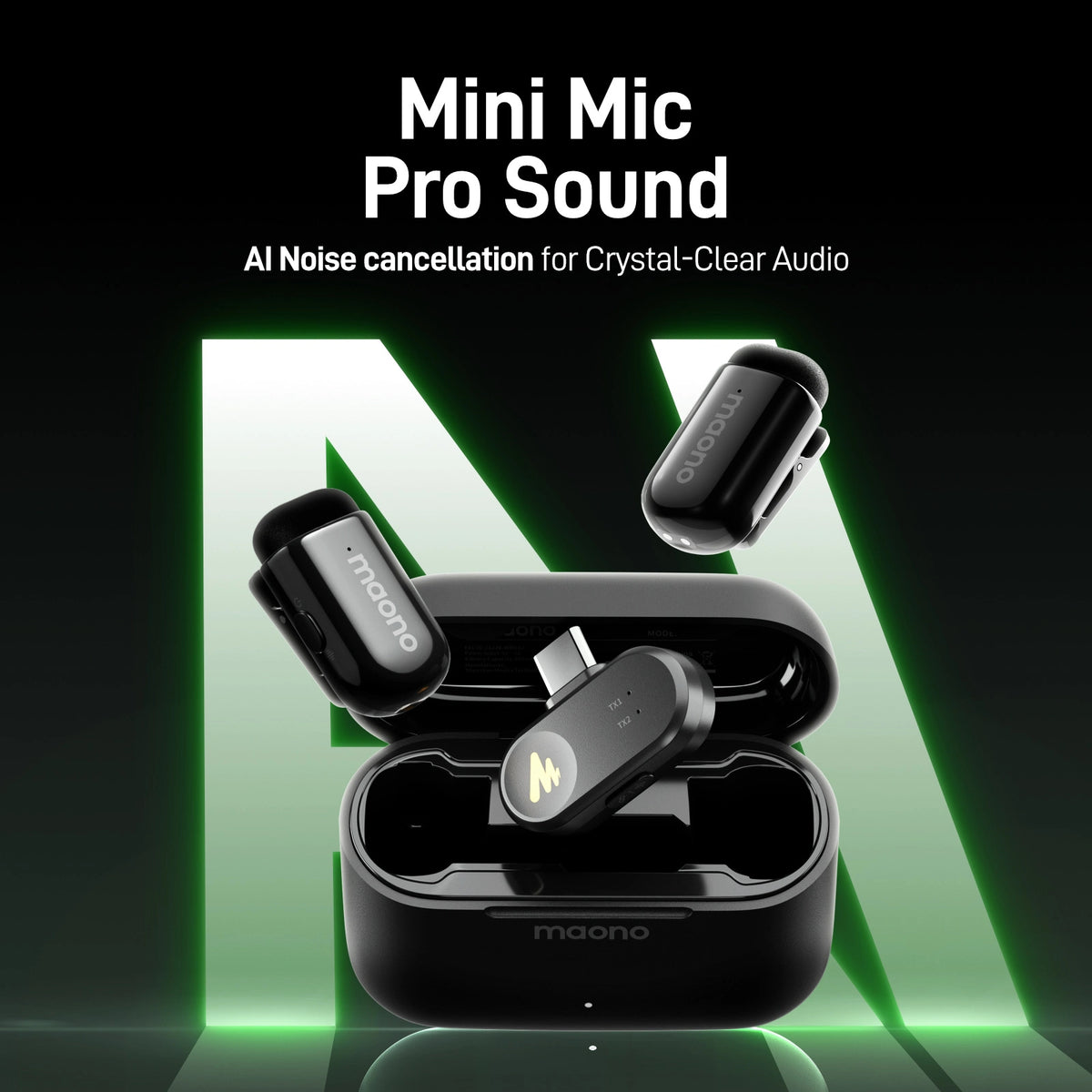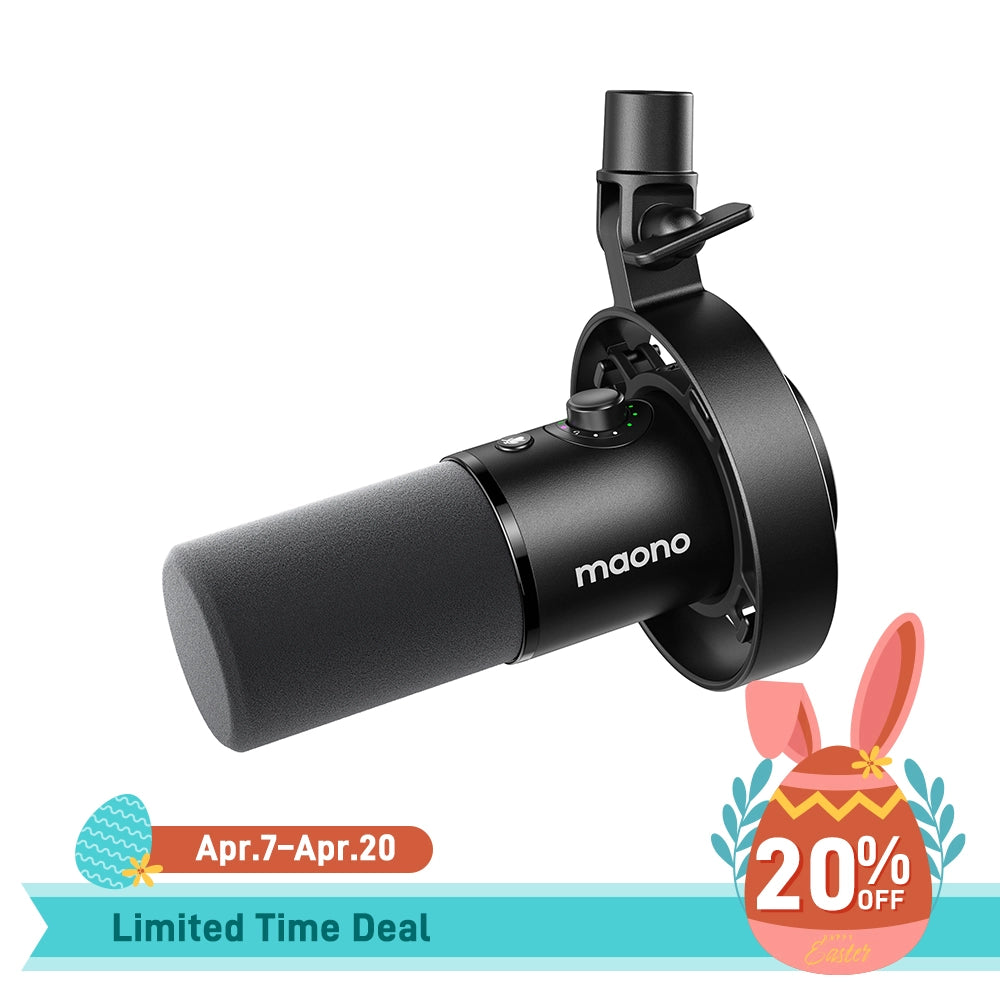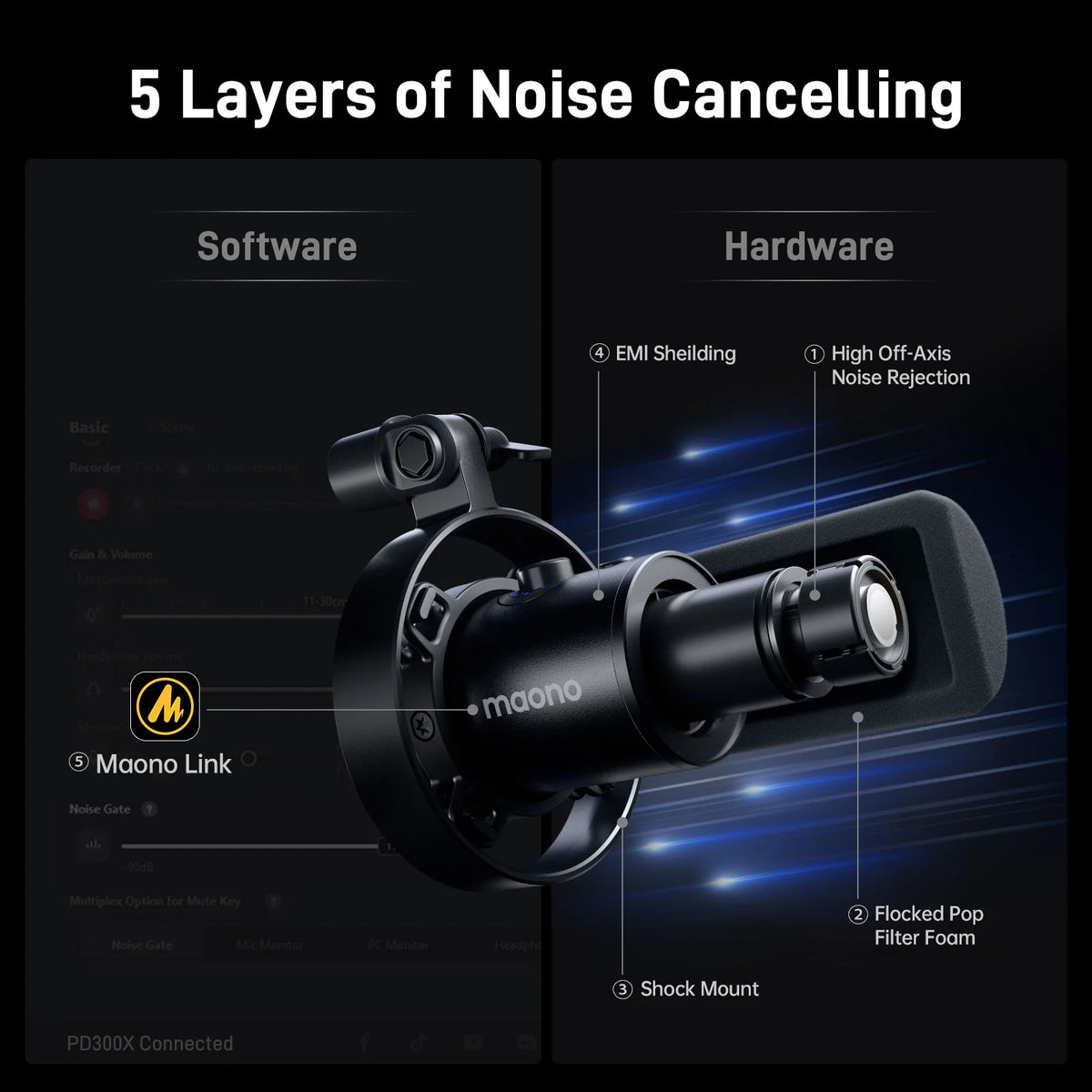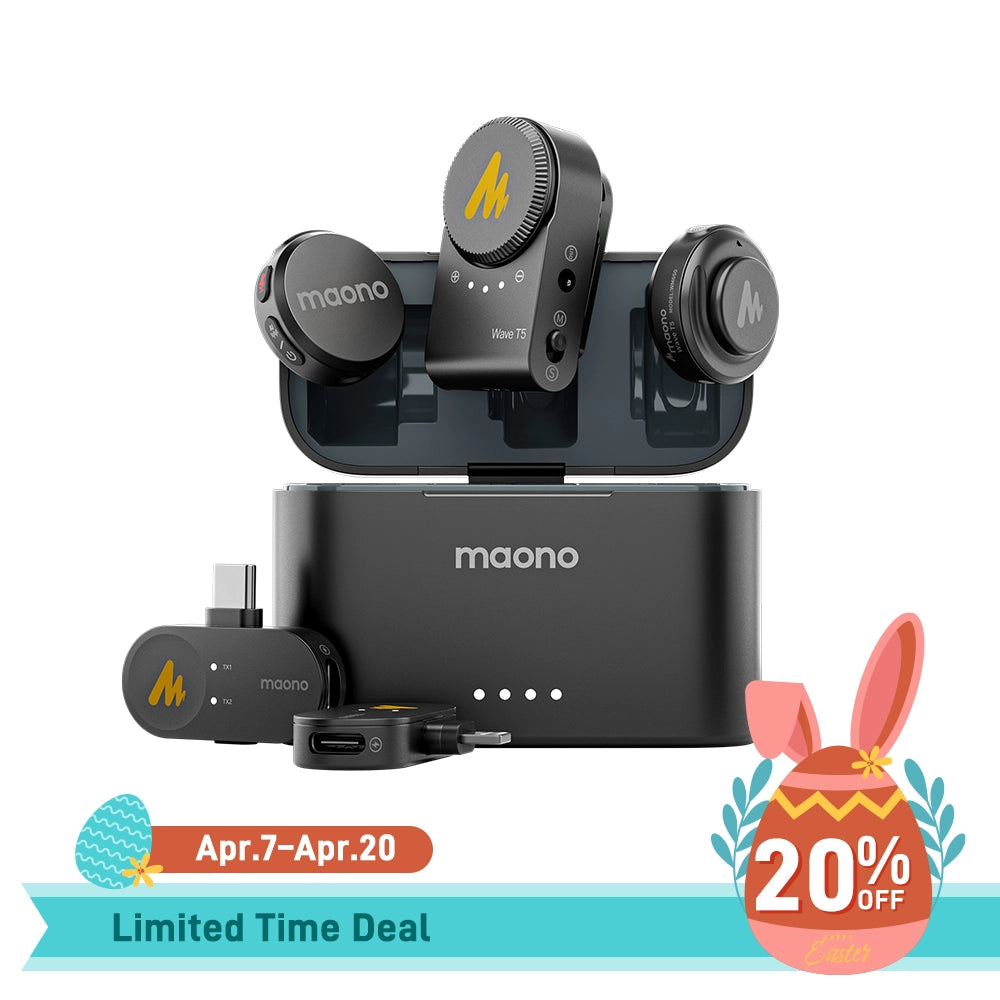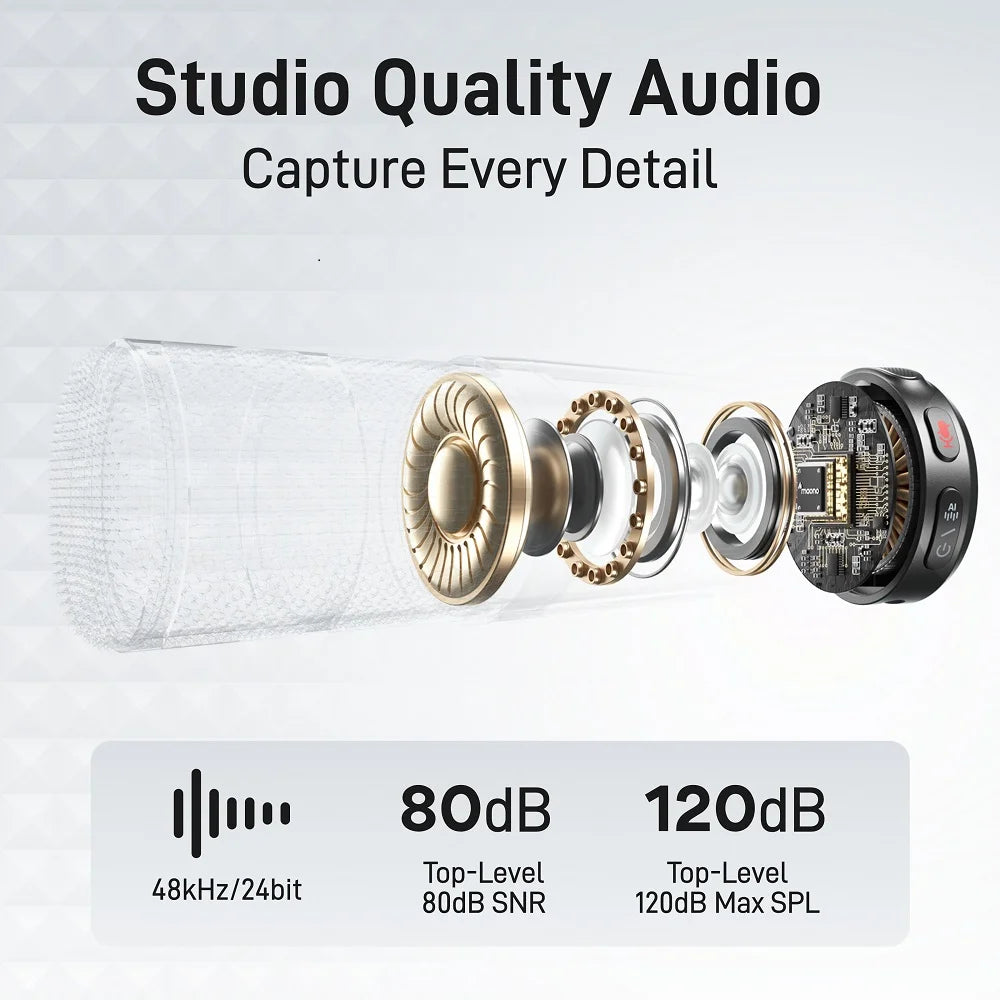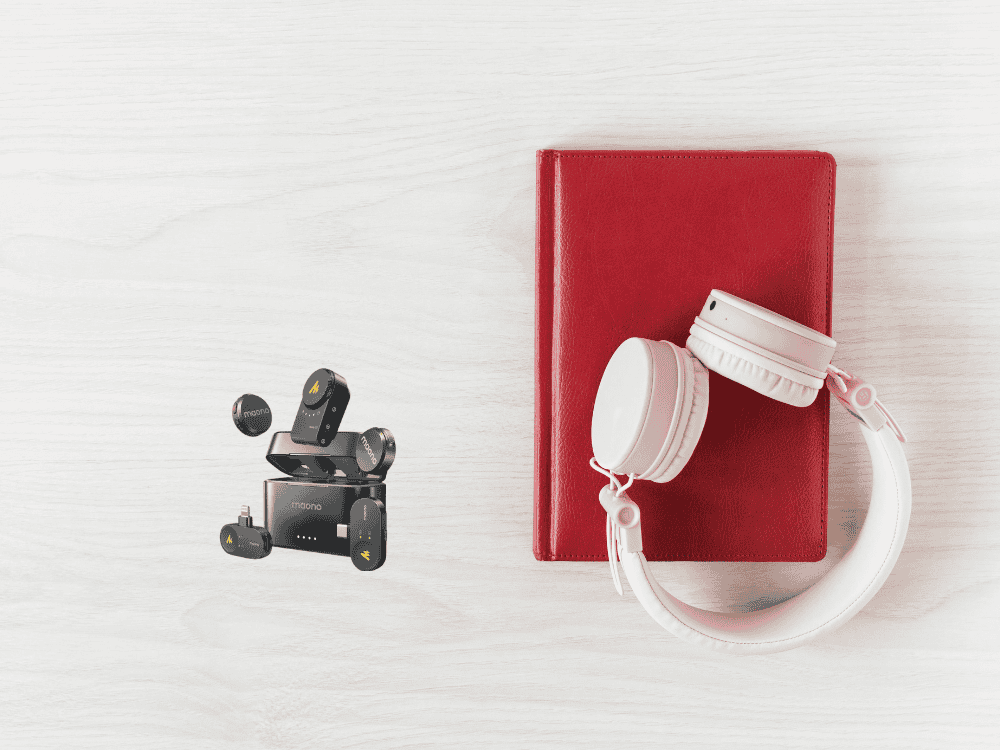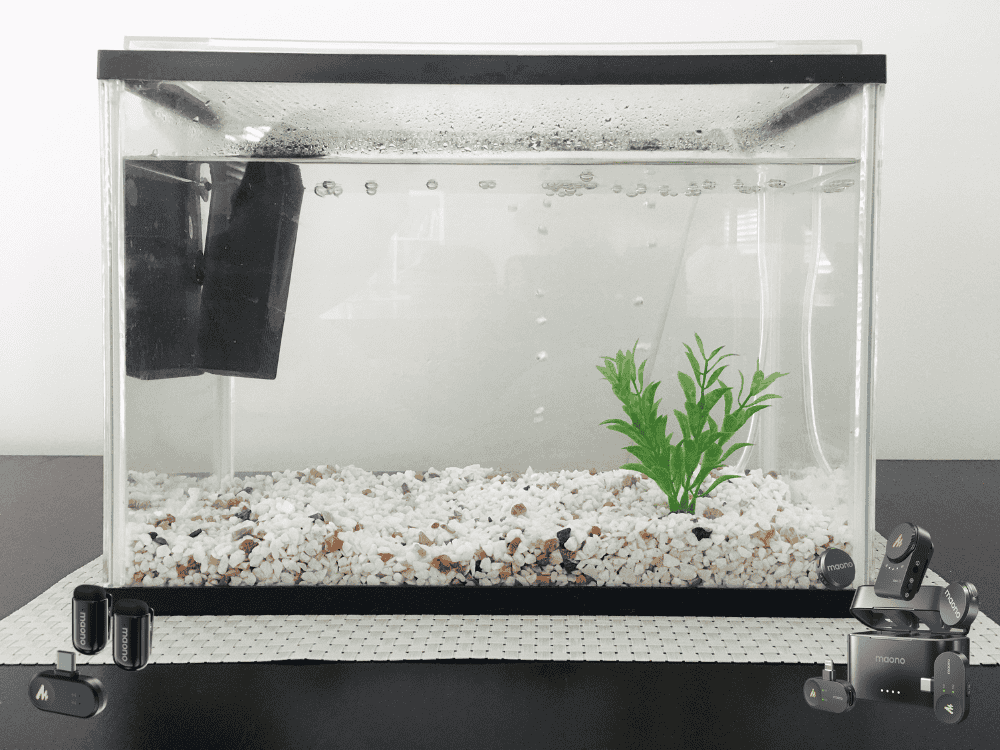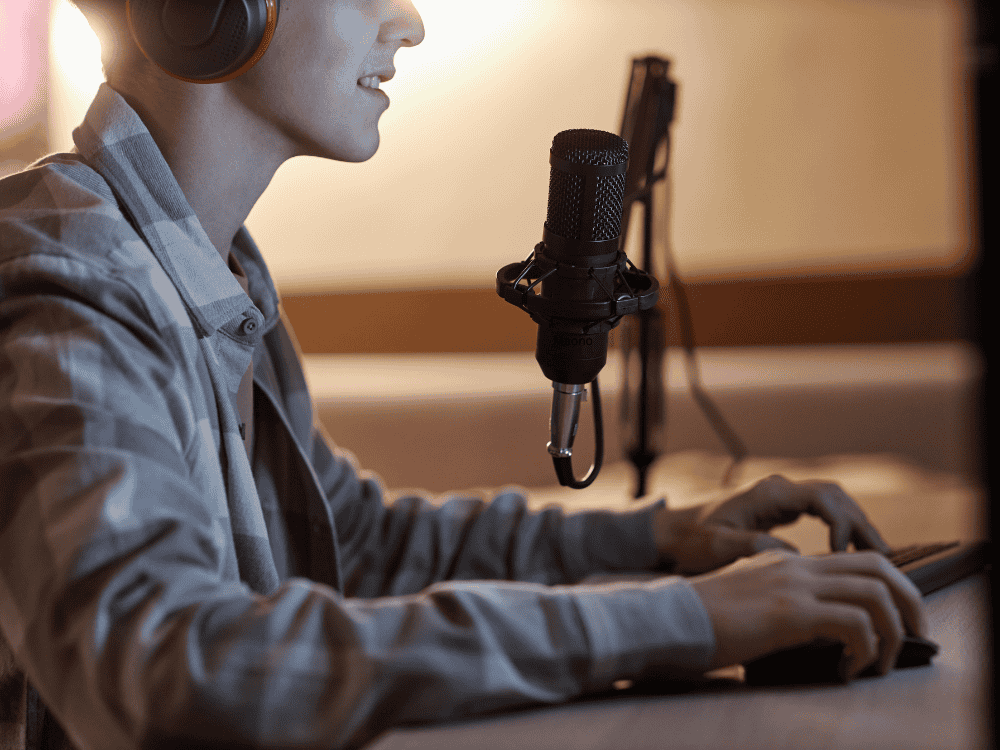What is a Voice Acting Microphone?
A voice acting microphone is a specialized microphone designed to capture high-quality vocal recordings with clarity, depth, and minimal background noise. Unlike general-purpose microphones, voice acting microphones prioritize accurate vocal reproduction, ensuring that every nuance, tone, and inflection is captured. This is essential for professional voice-over work in industries such as animation, video games, audiobooks, and commercial advertisements.
Is a USB Microphone a Good Microphone for Voice Acting? What About an XLR Microphone for Voice Acting?
Both USB and XLR voice acting microphones have their place in voice acting, but they serve different purposes depending on the actor’s needs and setup.
-
USB Microphones: Ideal for beginners, USB voice acting microphones are plug-and-play devices that do not require additional audio interfaces or preamps. They offer convenience, affordability, and ease of use. While some high-quality USB voice acting microphones can deliver excellent sound, they may lack the depth and customization of XLR microphones.
-
XLR Microphones: The preferred choice for professional voice actors, XLR voice acting microphones offer superior sound quality, dynamic range, and customization. They require an audio interface or mixer, which allows for greater control over gain, EQ, and effects. Though they involve a more complex setup, the investment is worth it for serious voice actors seeking studio-grade recordings.
What Are the Best Voice Acting Microphones in 2025?
Two standout microphones for voice acting in 2025 are the Maono PM500 and Maono PD200X. These models provide exceptional vocal clarity and studio-quality sound, making them excellent choices for voice actors at various levels.
Maono PM500 (XLR Condenser Microphone)

-
- Notable Features: The Maono PM500 large-diaphragm condenser design microphone thtat’s a 34mm gold-plated capsule, with ultra-low self-noise, and a wide frequency response (20Hz-20kHz).
-
Why It’s Great for Voice Acting: The PM500 captures rich and natural vocals with great detail, making it suitable for professional voice-over work. Its cardioid polar pattern helps isolate the voice while minimizing background noise.
Maono PD200X (Dynamic XLR/USB Hybrid Microphone)

-
- Notable Features: Maono PD200X offers dual connectivity (USB & XLR), built-in digital signal processing (DSP), and a customizable RGB lighting feature.
-
Why It’s Great for Voice Acting: The PD200X provides a warm and broadcast-quality sound, making it an excellent choice for both beginners and professionals. The ability to switch between USB and XLR offers flexibility for different recording setups.
-
Neumann TLM 103 (XLR Condenser Microphone)
-
Notable Features: Large-diaphragm capsule, low self-noise (7dB-A), wide frequency range (20Hz-20kHz), and high sensitivity.
-
Why It’s Great for Voice Acting: The TLM 103 delivers a highly detailed, transparent sound, making it one of the industry’s top choices for professional voice recording.
-
-
Shure SM7B (XLR Dynamic Microphone)
-
Notable Features: Smooth frequency response, built-in air suspension shock isolation, and a bass roll-off and presence boost switch.
-
Why It’s Great for Voice Acting: The SM7B’s warm, natural tone and excellent noise rejection make it ideal for voice actors working in less-than-perfect studio environments.
-
-
Audio-Technica AT4040 (XLR Condenser Microphone)
-
Notable Features: Wide dynamic range, low self-noise, precision-engineered diaphragm, and cardioid pattern for sound isolation.
-
Why It’s Great for Voice Acting: The AT4040 offers professional-grade clarity and detail at a relatively affordable price, making it a great option for both aspiring and established voice actors.
-
What is the Best Microphone for Voice Acting?
There is no one-size-fits-all answer, as the best microphone for voice acting depends on factors such as budget, recording environment, and personal vocal characteristics. However, some of the top choices in 2025 include:
-
Maono PM500 – Best budget XLR condenser microphone
-
Maono PD200X – Best hybrid USB/XLR dynamic microphone
-
Neumann TLM 103 – Industry-standard high-end condenser microphone
-
Shure SM7B – Popular dynamic microphone with a warm and smooth sound
-
Audio-Technica AT4040 – Great balance of quality and affordability
As a Voice Actor, How Do You Pick the Right Microphone for Voice Acting?
When selecting a microphone for voice acting, consider the following factors:
-
Microphone Type: Choose between condenser (sensitive, detailed sound) or dynamic (durable, background noise rejection).
-
Connectivity: Decide between USB (easy setup) or XLR (higher quality, requires an interface).
-
Frequency Response: Look for a microphone that captures the full vocal range (typically 20Hz-20kHz).
-
Polar Pattern: Cardioid microphones are ideal as they focus on the voice and reject background noise.
-
Budget: Invest in a high-quality microphone for voice acting that fits your budget without compromising essential features.
-
Recording Environment: Consider whether you have a treated studio space or need a mic that reduces ambient noise.
FAQs:
How Much Does a Good Voice Acting Microphone Cost?
The price of a good microphone for voice acting varies based on quality and features:
-
Budget-friendly ($50-$150): Entry-level XLR voice acting microphone (e.g., Maono PM500 and Professional USB/XLR voice acting microphone Maono PD200X).
-
Mid-range ($150-$400): Professional USB/XLR voice acting microphones (e.g., Maono PD400X, Rode NT1-A, Audio-Technica AT2020).
-
High-end ($400-$1500+): Industry-standard voice acting microphones (e.g., Neumann TLM 103, Sennheiser MKH 416, Shure SM7B).
What Are the Microphone Accessories I Will Need for Starting a Voice Acting Career?
To achieve professional-quality recordings, invest in essential voice acting microphone accessories, including:
- Pop Filter: Reduces plosive sounds (e.g., “p” and “b” sounds).
- Shock Mount: Minimizes vibrations and handling noise.
- Boom Arm or Mic Stand: Provides stable microphone positioning.
- Audio Interface (for XLR mics): Converts analog signals into digital for high-quality recording.
- Acoustic Treatment: Foam panels or a vocal booth to reduce echo and noise.
-
Headphones: Closed-back studio headphones for accurate monitoring.
Do Voice Actors Need Formal Training, or Can They Be Self-Taught?
Tips:
While formal training is beneficial, many successful voice actors are self-taught. However, professional coaching can help improve vocal technique, pronunciation, and delivery. Essential learning methods include:
-
Self-learning: Practicing daily, recording and analyzing performances, and imitating professionals.
-
Voice Coaching: Working with a coach to refine skills and gain industry insights.
-
Online Courses: Platforms like Udemy, Coursera, and YouTube offer voice acting tutorials.
-
Workshops and Networking: Engaging in voice acting workshops and industry events.
Conclusion
Choosing the right voice acting microphone is a crucial step in building a successful voice-over career. While USB microphones offer an easy entry point for beginners, XLR microphones provide superior sound quality for professionals. The Maono PM500 and PD200X are excellent options for voice actors in 2025, catering to different levels of experience and needs. Whether opting for USB or XLR, selecting the best voice acting microphones ensures professional-quality recordings and enhances career prospects.
Also, in addition to selecting a quality microphone, investing in essential accessories and continuously refining voice acting skills will ensure a professional and competitive edge in the industry. Whether self-taught or formally trained, dedication and the right equipment can pave the way for success in voice acting.


